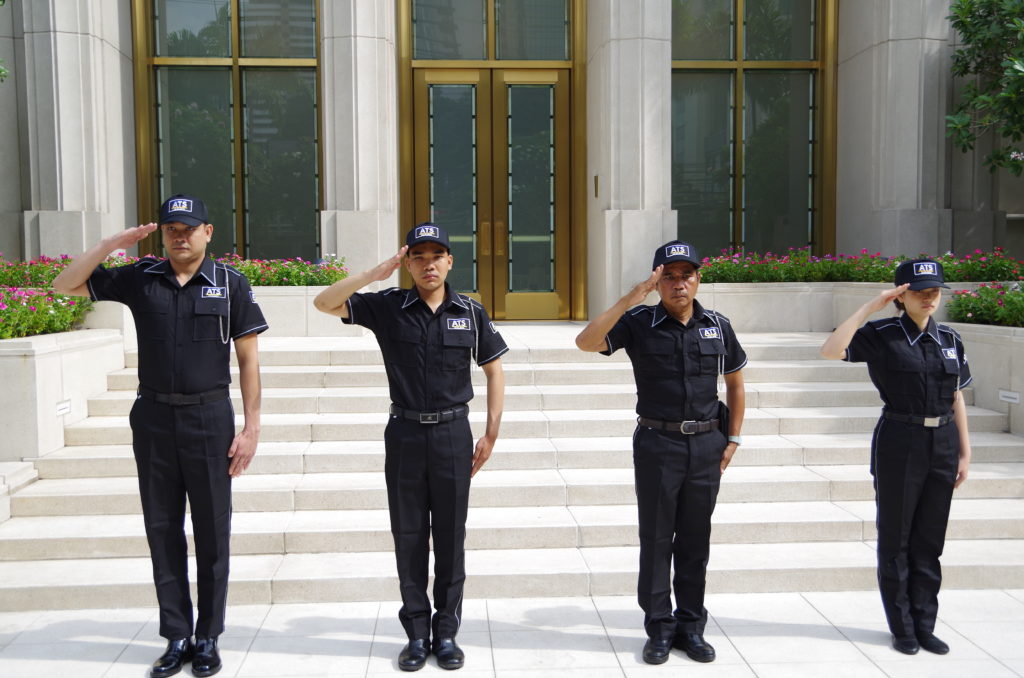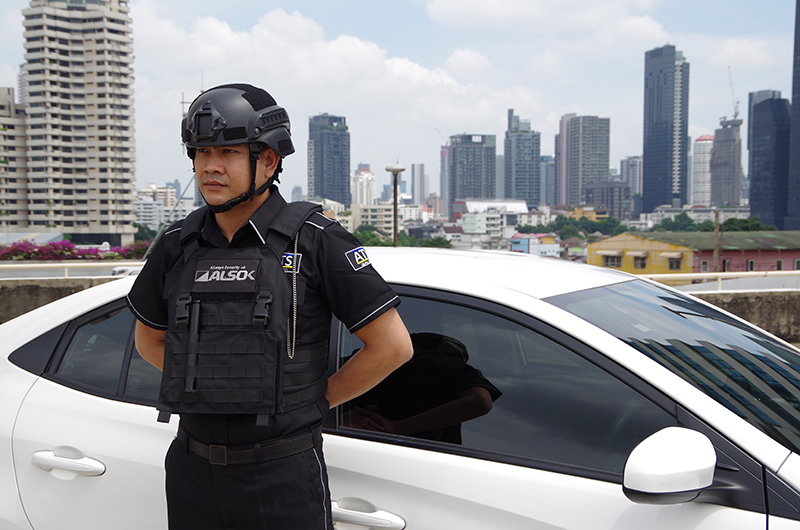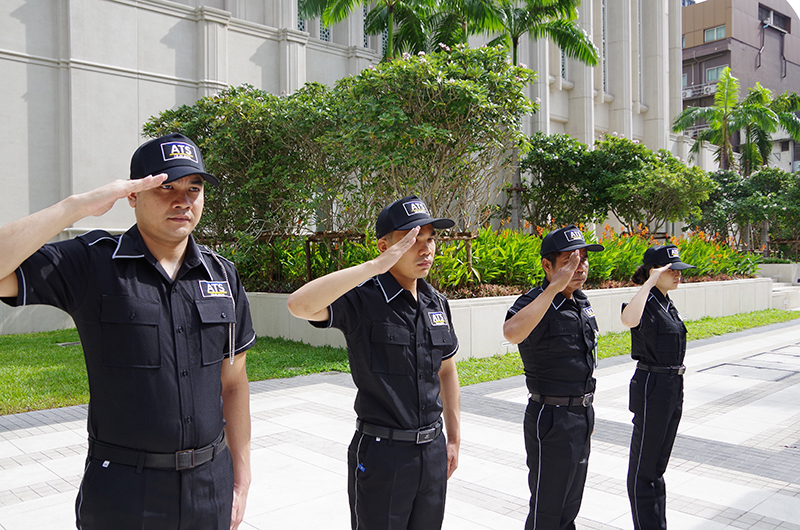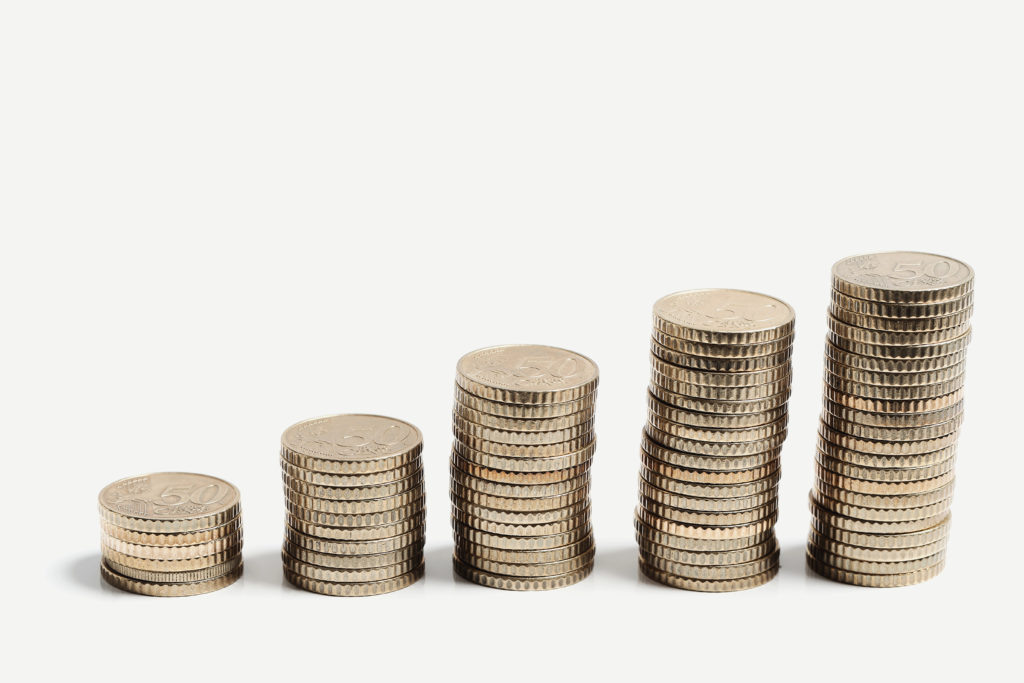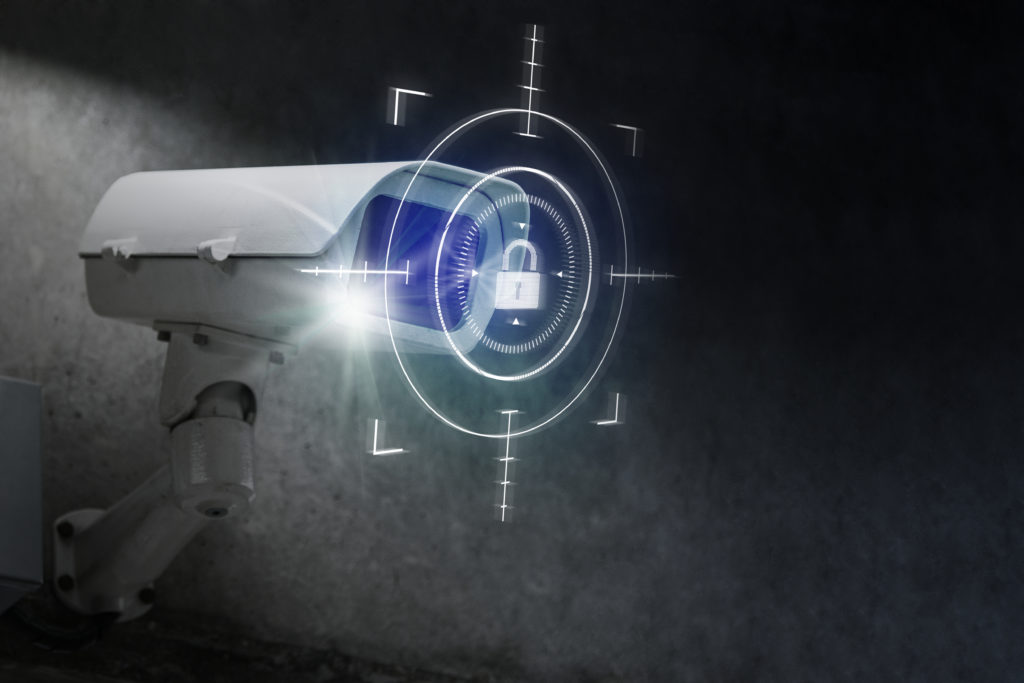Table of Contents
Do you know what an AED is? I think there are various replies such as “I have heard the name”, “I know what purpose it is used for” or “I have been trained”.
AED is a medical device that can be easily used by anyone and can save lives.
Hopefully, each person will acquire correct knowledge about AEDs and deepen their understanding, and that AEDs will become more popular throughout Thailand than ever before.

WHAT IS AED?
AED stands for “Automatic External Defibrillator”.
AED is “a device that automatically removes fibrillation”.
When the heart has a spasm for some reason, the AED automatically analyzes the condition of the heart and determines whether an electric shock is necessary.
It is an easy-to-use device, and even ordinary citizens (non-medical personnel) without medical knowledge can perform lifesaving activities by following the in-built voice guidance.
Sudden cardiac arrest can happen to anyone at any time.
Deepening your understanding of AEDs, even a little, might help save one precious life.
Why do you need an AED?
If the heart continues to have a spasm and cannot pump blood throughout the body, the survival rate will steadily decrease if nothing is conducted.
Also, even if he or she survives, there is a possibility that the brain would remain severely damaged.
Before this happens, an electric shock must be given to restore the electrical signals in the ventricles and return the spasming heart to its normal state.
An AED is responsible for delivering the electric shock.
The AED will automatically analyze and determine if an electric shock is required by attaching the electrode pads to the body.
Even if you press the button by mistake, the electric shock will not work in case it is not necessary.
What is ventricular fibrillation?
Ventricular fibrillation is a condition in which the ventricles quiver and spasm.
Ventricular fibrillation might occur for a variety of reasons, happening with not only people with heart disease and genetics, but also through jogging, exercise, and being hit by a ball in the chest.
In this condition, the ventricles cannot function as pumps, and the heart cannot pump blood to the whole body.
When the blood supply to the whole body is cut off, a condition called “cardiac arrest” occurs.
After a few minutes, he or she stops breathing, blood does not reach vital organs such as the brain, kidneys, and liver, and eventually, the condition becomes critical.
Ventricular fibrillation and survival rate
If ventricular fibrillation occurs and the brain is deprived of oxygen, the survival rate decreases by 7% to 10% each minute passes by.
If you leave it for more than 10 minutes without doing anything, it will be almost unhelpful. In Thailand,it could take more than 10 minutes for an ambulance to arrive.
The point is how quickly the standby person who was on the scene might use the AED and give an electric shock.
By the way, Seattle in the USA is the area with the highest life-saving rate in the world. The high rate of first-aid implementation by citizens who were present at the scenelead to the high life-saving rate.

Lifesaving cases
In March 2022, a junior high school teacher in Japan, a 31-year-old man who had no particular health problems suddenly collapsed during a club activity.
A student who happened to learn how to use an AED and cardiopulmonary resuscitation in class two months earlier, called the hospital and took turns conducting chest compressions and using an AED, and waited for the arrival of an ambulance.
Thanks to the middle school student’s prompt responses, the teacher recovered and was able to back to work after a month.
There are many other cases like this in Japan and around the world, but still few ones in Thailand.
The awareness of AEDs is quite low at present. Saving lives is not just the duty of doctors and nurses. Changing the consciousness of each citizen shall lead to increasing the survival rate, and the number of life-saving cases.
ALSOK not only sells AEDs, but also provides lectures and training on how to use AEDs and CPR. Through these activities, we hope that AEDs will become more popular in Thailand in the future.
For further information, please contact the nearest ALSOK office.


